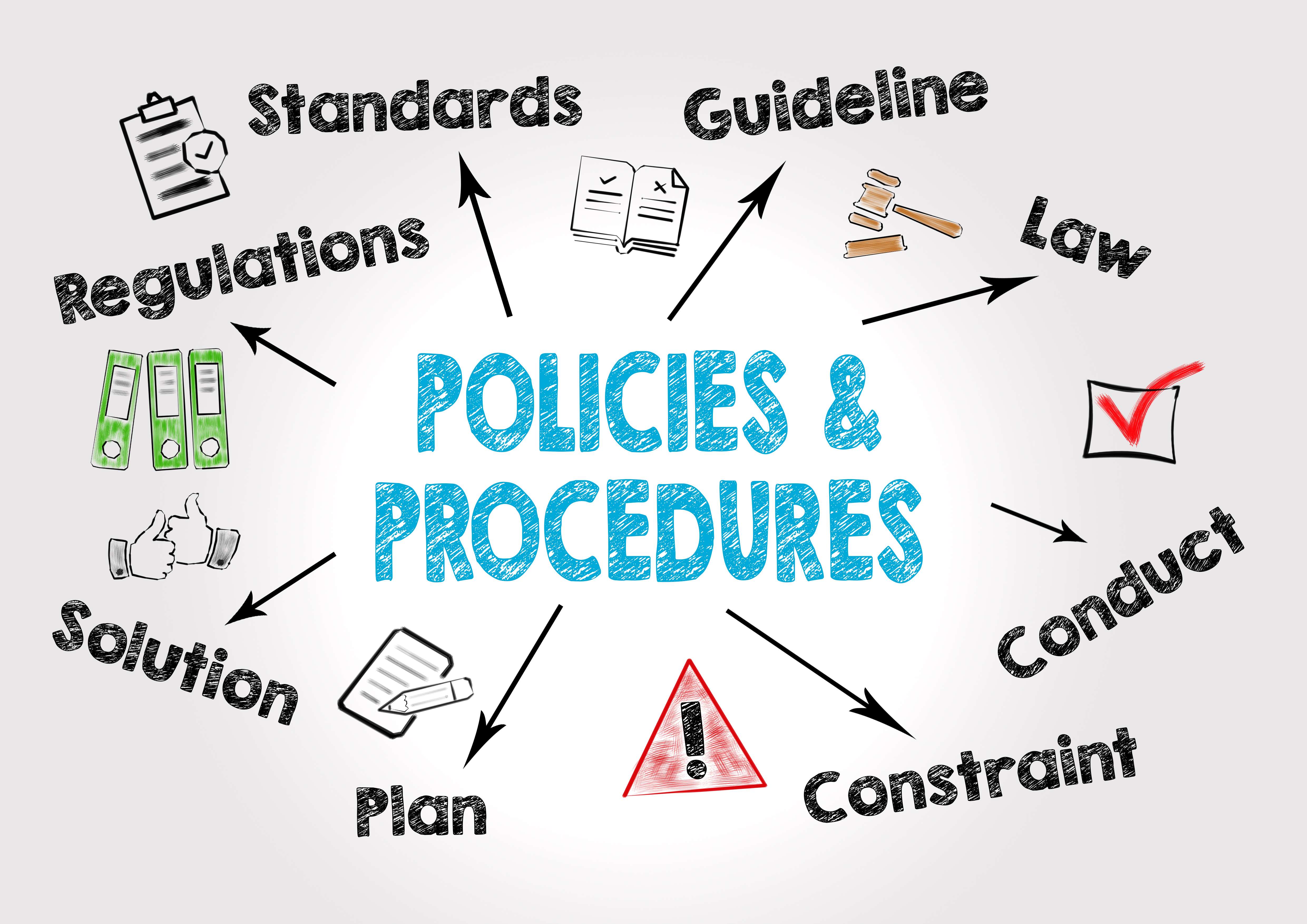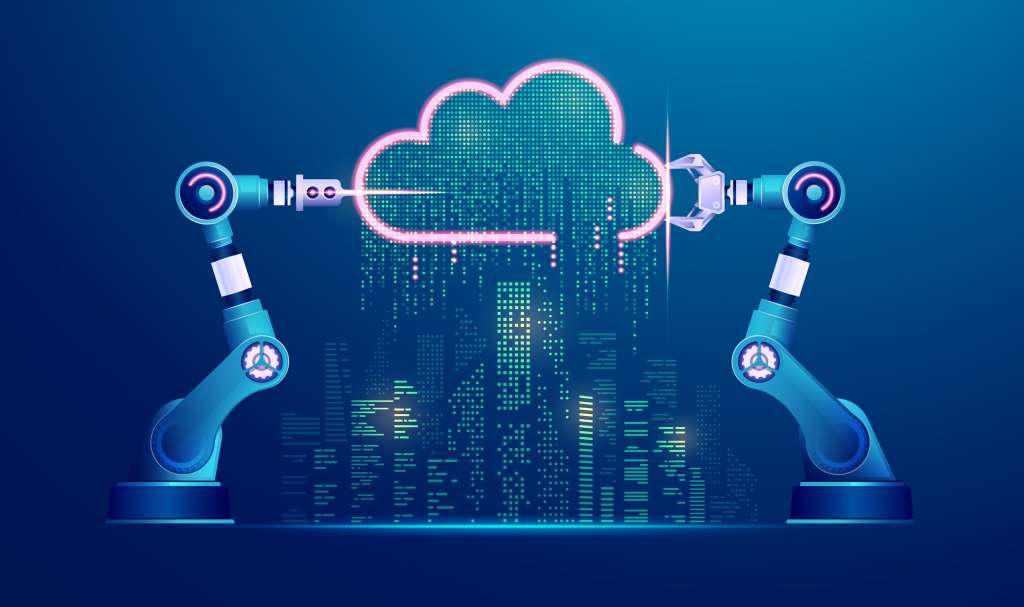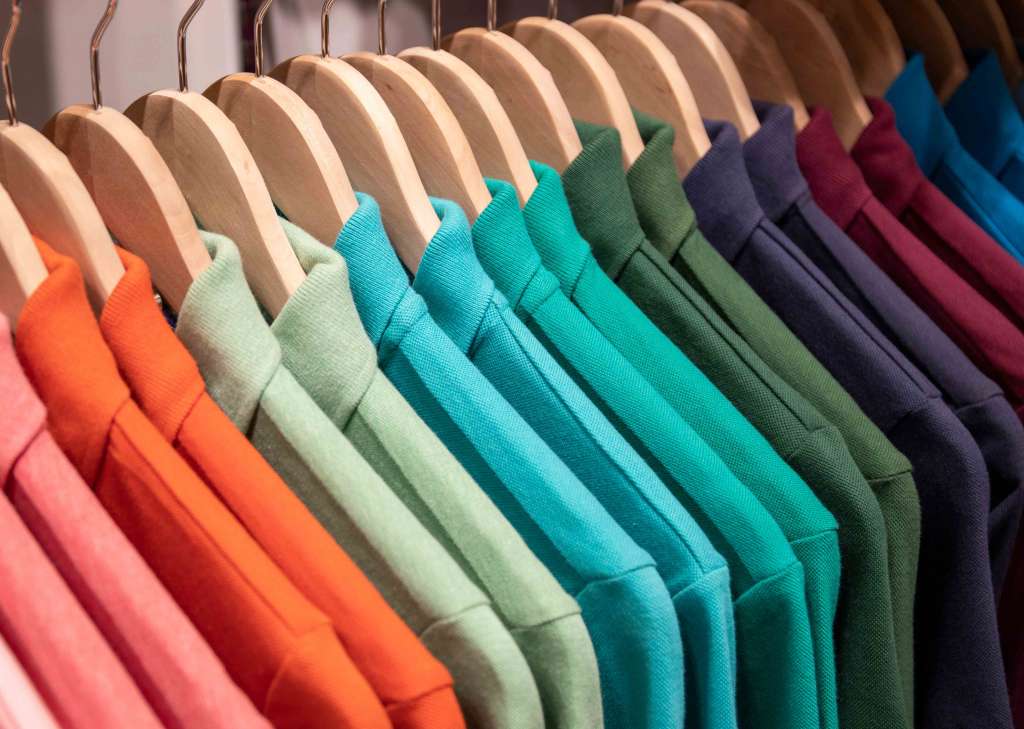5 Technology Trends Impacting State and Local Governments



Summary: Smart clothing is produced in IoT-powered factories that have implemented sustainable production practices. Supply chains have improved, and so is invoicing. How are these changes impacting local, state, and federal regulations? Let’s try and understand.
Technology trends influence supplies, manufacturing, logistics, distribution, and sales. As an executive from the fashion industry, you undoubtedly understand how government technology and policies need a relook to match these changes. Let’s focus on five technology trends that have affected local and state governments.
1. Regulators Pushing for Clean Energy in Manufacturing
The textile industry’s worldwide market size in 2022 is expected to be worth $1,032.1 billion. But, the textile industry is responsible for large amounts of greenhouse gas emissions. Regulators in various countries, including in the US and the EU, certainly want factories in their key textile exporting hubs to adhere.
As a result, fashion industries have started switching to renewable electricity and are reducing outsourcing to factories that rely on wood-fired steam boilers. The EU is planning to levy a carbon emissions tariff on imported textiles in the coming years. Manufacturers in Asia which is a global hub for sourcing by the textile industry, are already making the switch. Local governments are offering incentives to establishments investing in wind and solar power generation.
2. Unmanned Cargo Deliveries on Government Radar
These days, AI-powered logistics help fashion brands route vehicles, store, package, load, and even deliver goods. With driverless passenger and goods vehicles already in the works, the governments in several countries are amending their laws. The federal government in the US, for example, is actively debating the inclusion of unmanned vehicles for mass cargo deliveries.
Allowing manufacturing companies to drone-deliver small shipments such as clothes and fashion accessories, also means, regulators will require state-of-the-art government technology to monitor autonomous vehicles. In 2023, the US AI Regulation draft will be strengthened with new NIST AI standards.
3. Smart Manufacturing

Manufacturing processes in the fashion industry are now robot-driven or automated. Even crucial functions like safety inspections and quality control are software driven.
With IoT, devices can interact with each other. This poses an increased risk of cyber intrusions. Further, cyber attacks can result in data breaches, worker safety issues, and can even compromise product quality, which a fashion brand cannot afford to ignore. No wonder, governments are now swooping in to check the vulnerabilities in industries involving machine learning.
The European Union already has a draft regulation for the development and deployment of AI. The Federal Trade Commission and states are drafting a risk management framework in the US. It offers compliances related to testing, deployment, accountability, and governance. These rules will ensure that AI systems are not unfair or deceptive. In addition, they do not endanger or harm employees.
4. Smart Clothing and Wearable TechApparel, including clothes and shoes, are now being equipped with IoT sensors, and microchips that gather data. They can share users’ health stats, location, temperature, and other vital information with customers, manufacturers, and healthcare providers. These gadgets bind technology and healthcare together. Yet, it goes without saying. The increasing usage of such IoT-powered intelligent clothes puts additional responsibilities on local, state, and federal governments.
Presently, wearables that can detect anxiety and heart disease or have (ECG) sensors must comply with the US Food and Drug Administration (FDA) regulations. They are subject to clearance by the FDA and the Office for Civil Rights (OCR). In addition, wearables that use cloud-based storage need to ensure Health Insurance Portability and Accountability Act (HIPAA) compliance.
5. The Rise in E-contracts and Blockchain Deals

You certainly know about the paperwork involved in domestic and international shipments. Thankfully, e-contracts make things easy for manufacturers, suppliers, and logistics. Digitally signed contracts are legally binding in the US under the ESIGN Act. The electronic IDenfitifaction and Authorization and trust Services (eIDAS) regulation makes e-signed contracts legal in Europe. Further, in April 2021, the World Trade Organization marked its approval stamp on the use of documents and signatures in electronic format.
Local and state governments are promoting the use of e-documents and blockchain technology to protect the same. While blockchain itself is a breakthrough technology, one of its uses that has gained notoriety is the cryptocurrency that is being monitored by the governments in the US and Europe.
Trickle-Down Effect: From Technology to Government to Manufacturers
Technology is guiding governments and markets worldwide. In these circumstances, laws are being remodeled to address security issues and to accommodate new technology that is coming in the form of smart wearables, unmanned deliveries, and eContracts, all of which have a role to play in the fashion industry. A smart brand, therefore, needs to be future-ready and modify its processes to align them with the new laws.
Key Takeaways
- Local, state, and federal governments are offering incentives to clothing factories willing to implement sustainable manufacturing practices.
- Most countries worldwide are preparing draft regulations for using Artificial Intelligence technology in manufacturing and blockchain technology for eContracts.
- Some countries have amended regulations to fit in AI-IOT-based wearables that combine technology and healthcare.

As a responsible apparel brand, you would want to work with manufacturers, suppliers, and logistics partners who implement the latest technologies. We at Fashinza can ensure suppliers are adhering to industry and government regulations. Get in touch with us at Fashinza.



















